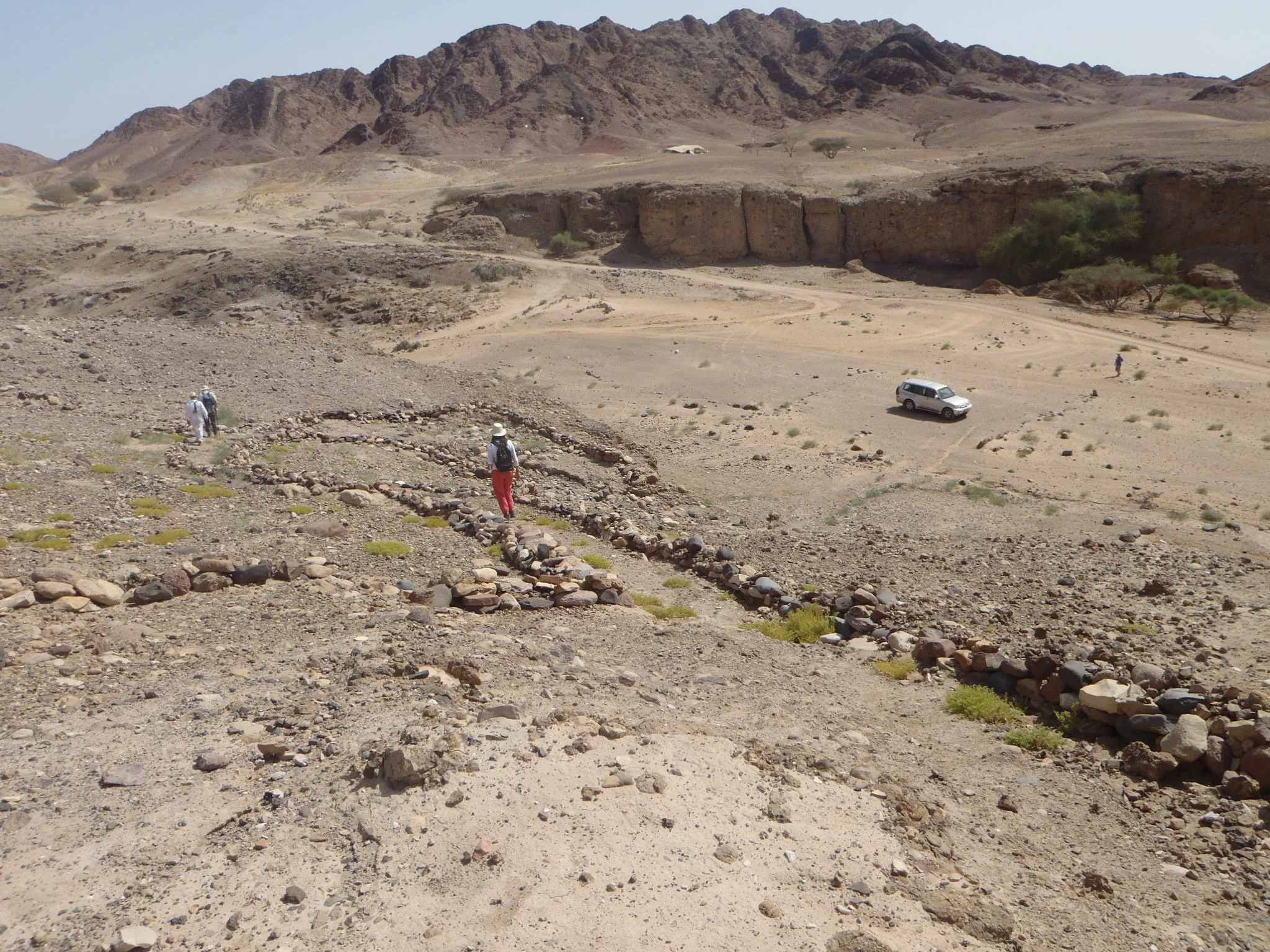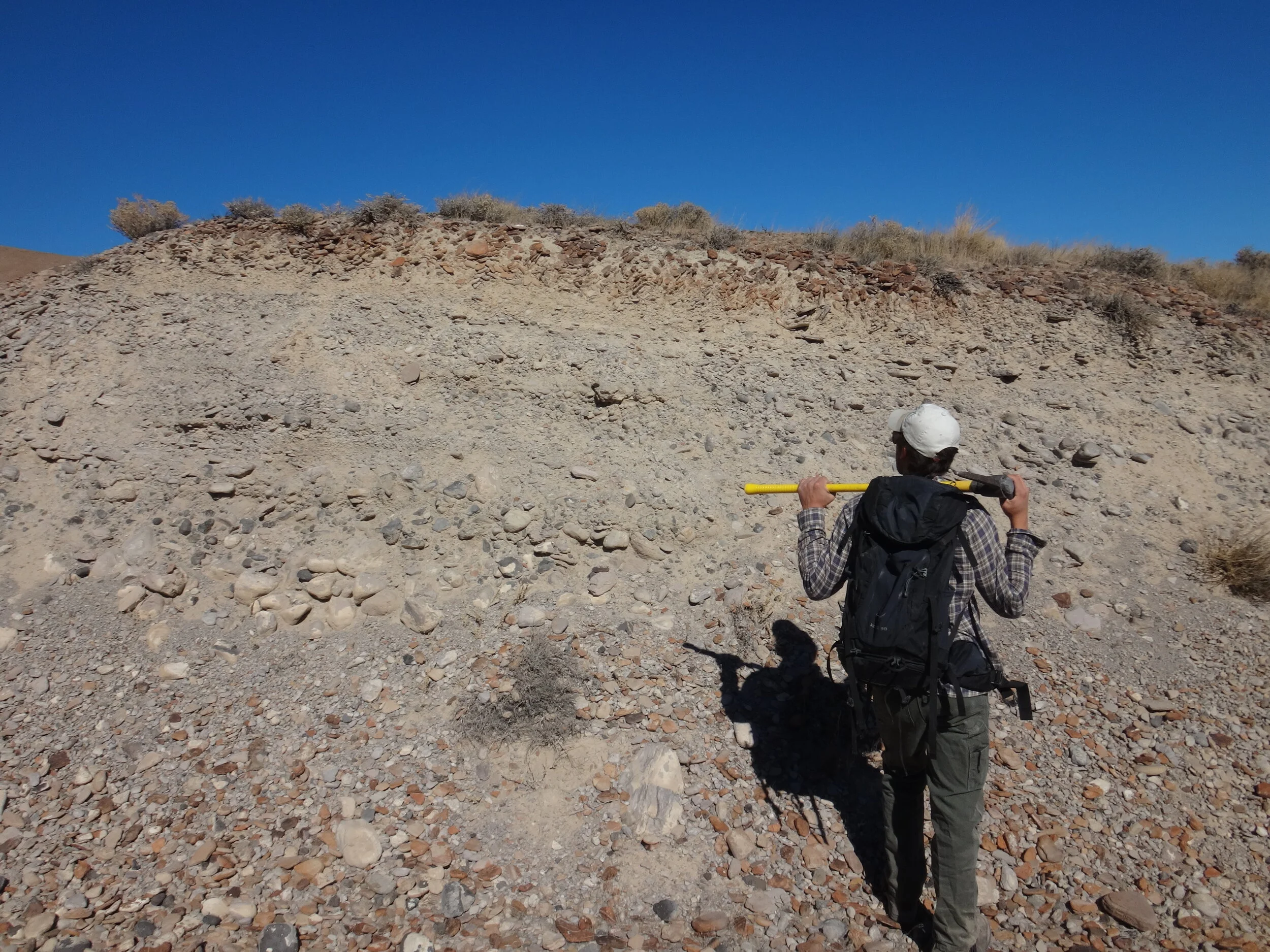A glimpse of pluvial Lake Lahontan in the high desert
/We’re sneaking out of the dark lab for some fresh air and fresh exposures! In the parched high desert of the Carson Sink, Nevada, remnant beach gravels, ridges, loop barriers, tombolos and wave-cut benches record a much wetter past.
(TOP) Beach gravels below and above a well-developed paleosol. The paleosol suggests that the underlying gravels were likely deposited during a lake cycle that predates the most recent (Sehoo) cycle, which reached its maximum ~13,000 years ago. Ken Adams, Research Professor, DRI shown on the right. (BOTTOM) Interference ripples that formed in fine grain sediments on the lake floor.
A radiocarbon age of 13,070 +/- 60 years from camel bones found above beach barrier gravels and below lagoonal sands provides a precise age estimate for the most recent (Sehoo) highstand of Lake Lahontan. This week, we’re digging some more trenches to find out when the lake reached its highstand during earlier (e.g., Eetza) lake cycles over 120,000 years ago.
Jessup Embayment, Carson Sink, Nevada.
Brad Sion, Assistant Research Professor, DRI, ruminating over Sehoo highstand beach gravels exposed in a beach ridge.
Platy, angular volcanic shards forming a desert pavement atop a Sehoo highstand beach ridge.




